For many people struggling with obesity, finding a sustainable and effective way to lose weight and improve overall health can be challenging. However, there are communities around the world known as Blue Zones where people not only live longer but also maintain a healthy weight effortlessly. These regions include Okinawa (Japan), Sardinia (Italy), Nicoya (Costa Rica), Ikaria (Greece), and Loma Linda (California, USA).
The secret sauce? Simple, natural, and balanced dietary habits. This article explores the eating habits from these Blue Zones and provides practical tips and recipes to help you adopt a healthier lifestyle and finally say goodbye to that fad diet collection.
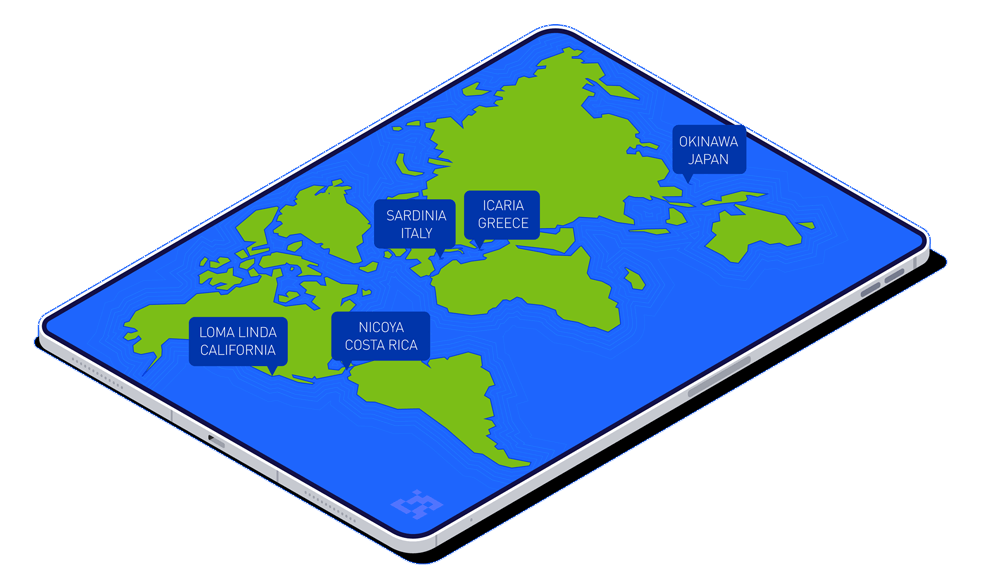
Understanding the Blue Zone Diet
Blue Zones are regions where people live significantly longer and healthier lives. Identified by Dan Buettner and National Geographic, these areas share common lifestyle characteristics that contribute to their residents’ longevity.
In Blue Zones, people tend to eat whole, minimally processed foods and follow dietary practices that naturally limit calorie intake. For example, in Okinawa, Japan, residents practice “hara hachi bu,” eating until they are about 80% full, which helps prevent overeating. Similarly, other Blue Zones communities prioritize physical activity as part of daily life, whether through walking, gardening, or other forms of movement.
Although the majority of Blue Zones residents maintain a healthy weight, there are still individual variations. Genetics, personal lifestyle choices, and other factors can influence body weight, even in these health-conscious communities. Nevertheless, the overall environment and cultural practices in Blue Zones create a supportive framework for maintaining a healthy weight and promoting longevity.
The five Blue Zones are:
- Okinawa, Japan
- Sardinia, Italy
- Nicoya, Costa Rica
- Ikaria, Greece
- Loma Linda, California, US
Recipes of Each Blue Zone Diet
Okinawa, Japan
Okinawa, a group of islands in southern Japan, is home to some of the world’s longest-living people. The Okinawan diet is renowned for its nutrient-dense, low-calorie foods that are rich in antioxidants and anti-inflammatory properties. A significant aspect of their dietary practice is “hara hachi bu,” which means eating until you’re 80% full, contributing to their impressive longevity and low rates of chronic diseases.
Dietary Staples: Sweet potatoes, tofu, bitter melon, turmeric.
Cultural Practices: Hara hachi bu (eating until 80% full).
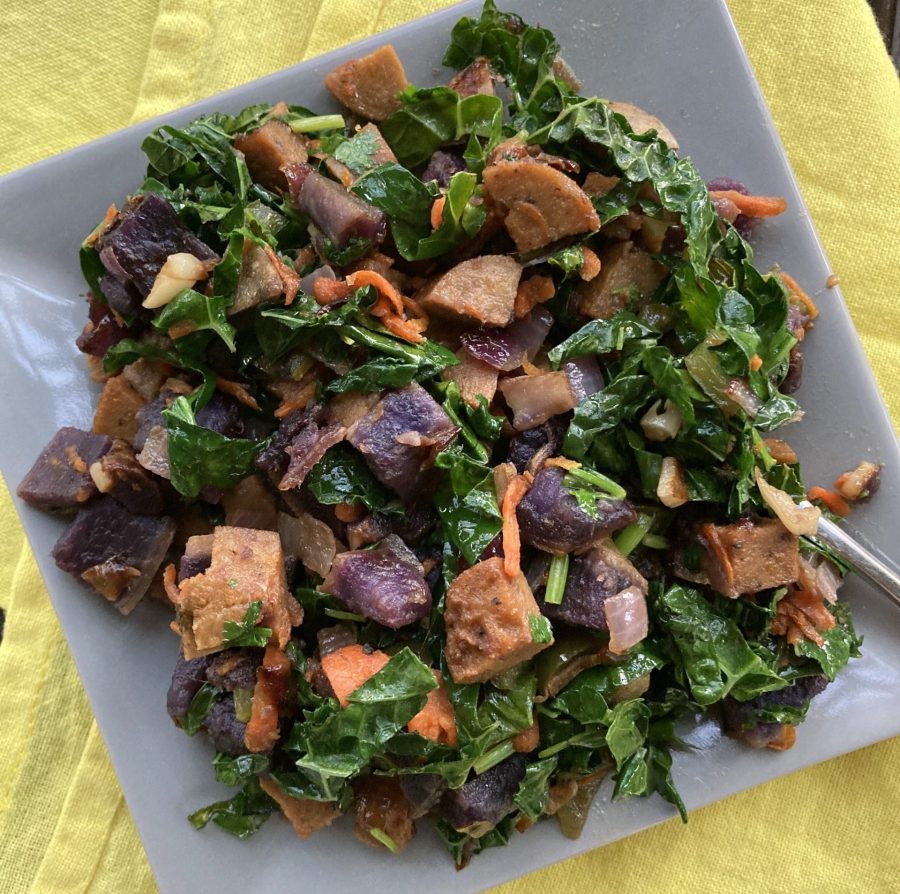
Recipes:
- Okinawan Sweet Potato Hash
- Ingredients: Sweet potatoes, tofu, bitter melon, soy sauce, garlic, olive oil, turmeric.
- Preparation: Sauté sweet potatoes, tofu, and bitter melon with garlic and turmeric in olive oil, then add soy sauce to taste.
- Goya Champuru (Bitter Melon Stir-Fry)
- Ingredients: Bitter melon, tofu, egg, pork (optional), soy sauce.
- Preparation: Stir-fry bitter melon and tofu, scramble in egg, and season with soy sauce. Add pork if desired.
Sardinia, Italy
Sardinia, an island in the Mediterranean Sea, boasts a diet that is rich in whole grains, legumes, and vegetables, complemented by locally produced wines. The traditional diet of Sardinian shepherds, which includes plenty of bread, beans, and locally sourced vegetables, is a key factor in the remarkable longevity of its inhabitants.
Dietary Staples: Whole grain bread, fava beans, chickpeas, tomatoes, olive oil.
Cultural Practices: Traditional shepherd’s diet, local wines.
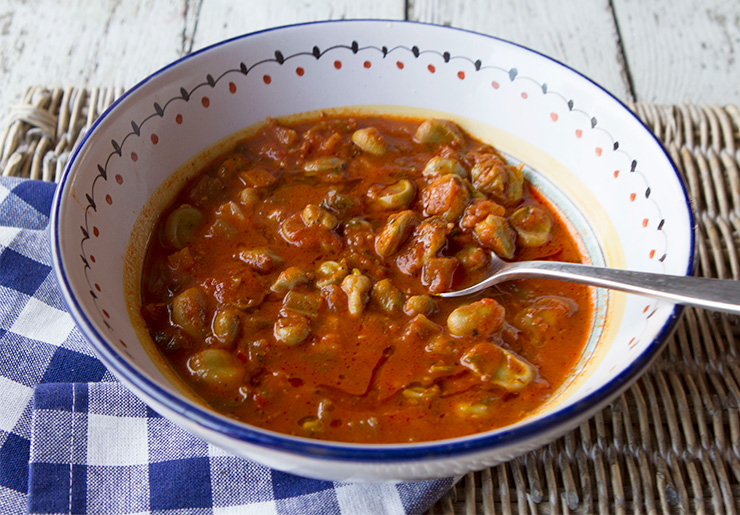
Recipes:
- Fava Bean Stew
- Ingredients: Fava beans, tomatoes, onion, garlic, olive oil, rosemary.
- Preparation: Cook fava beans with sautéed onions, garlic, and tomatoes. Season with rosemary and drizzle with olive oil.
- Chickpea and Tomato Stew
- Ingredients: Chickpeas, tomatoes, garlic, onion, olive oil, basil.
- Preparation: Sauté garlic and onion, add tomatoes and chickpeas, simmer until thickened. Garnish with fresh basil.
Nicoya, Costa Rica
Nicoya, a region in Costa Rica, is known for its high-quality water and nutrient-rich diet consisting mainly of traditional Mesoamerican foods. The Nicoyan diet emphasizes corn, beans, and squash, which are staples that provide a high intake of vitamins and minerals. The lifestyle in Nicoya, which includes light dinners and a strong sense of purpose, also plays a significant role in their longevity.
Dietary Staples: Corn, beans, squash, tropical fruits.
Cultural Practices: Light dinners, strong sense of purpose (plan de vida).
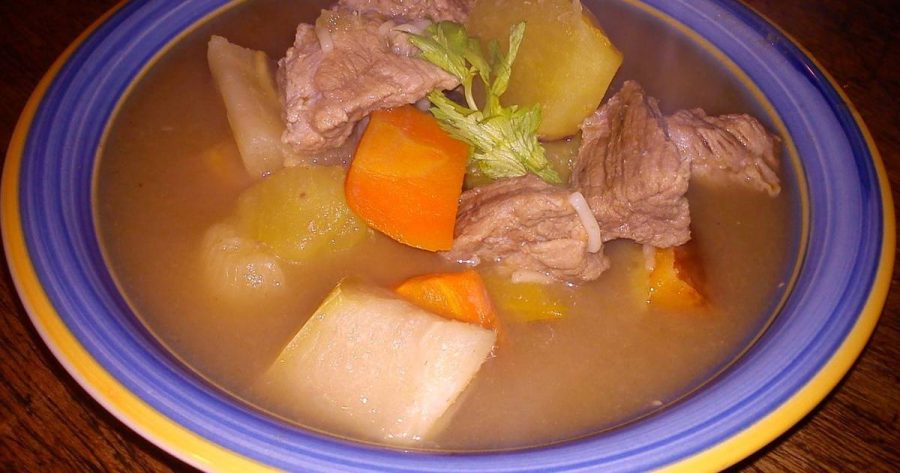
Recipes:
- Gallo Pinto (Rice and Beans)
- Ingredients: Black beans, white rice, onion, bell pepper, cilantro, garlic, Lizano sauce.
- Preparation: Sauté onions, bell pepper, and garlic, then mix in cooked beans and rice. Season with Lizano sauce and cilantro.
- Olla de Carne (Beef and Vegetable Stew)
- Ingredients: Beef, corn, potatoes, yucca, plantains, carrots, squash.
- Preparation: Simmer beef with vegetables in water until tender. Season with salt and pepper.
Ikaria, Greece
Ikaria, a Greek island in the Aegean Sea, is famous for its Mediterranean diet, which is rich in vegetables, fruits, olive oil, and legumes. The Ikarian diet includes a variety of herbal teas and wild greens that contribute to their excellent cardiovascular health and longevity. Their way of eating is characterized by natural, home-grown foods that are often consumed in a social setting.
Dietary Staples: Vegetables, fruits, olive oil, legumes, potatoes, honey.
Cultural Practices: Mediterranean diet, regular herbal teas.
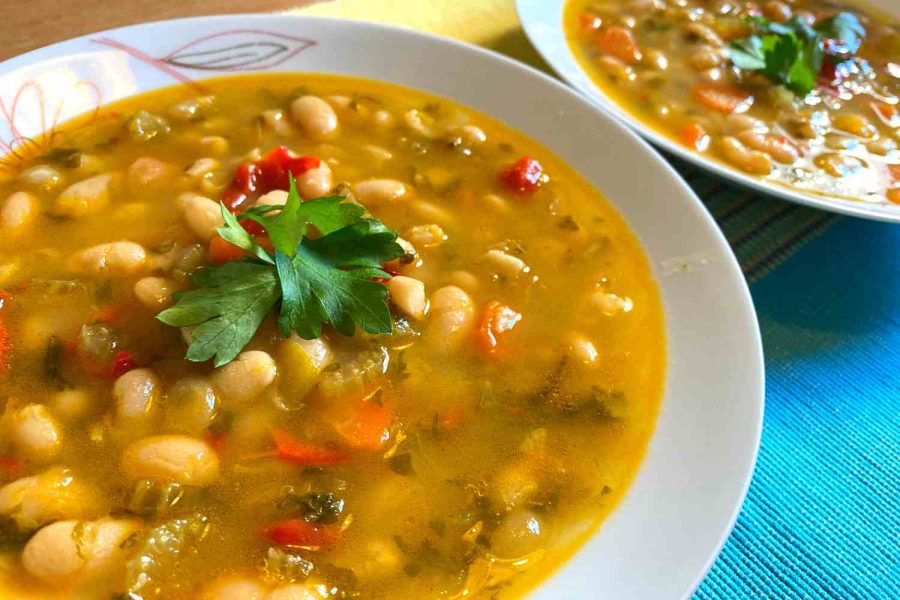
Recipes:
- Ikarian Longevity Stew
- Ingredients: Black-eyed peas, tomatoes, potatoes, carrots, fennel, olive oil.
- Preparation: Cook black-eyed peas with chopped vegetables and fennel in olive oil. Simmer until tender.
- Greek Salad
- Ingredients: Tomatoes, cucumbers, red onion, feta cheese, olives, olive oil, oregano.
- Preparation: Mix chopped vegetables with feta and olives. Drizzle with olive oil and sprinkle with oregano.
Loma Linda, California, USA
Loma Linda, a city in California, is unique among the Blue Zones for its population of Seventh-day Adventists, who follow a vegetarian diet rich in fruits, vegetables, nuts, and whole grains. Their diet, combined with a strong sense of community and regular physical activity, contributes to their impressive longevity and low rates of chronic diseases.
Dietary Staples: Nuts, whole grains, fruits, vegetables, water.
Cultural Practices: Adventist vegetarianism, weekly Sabbath.
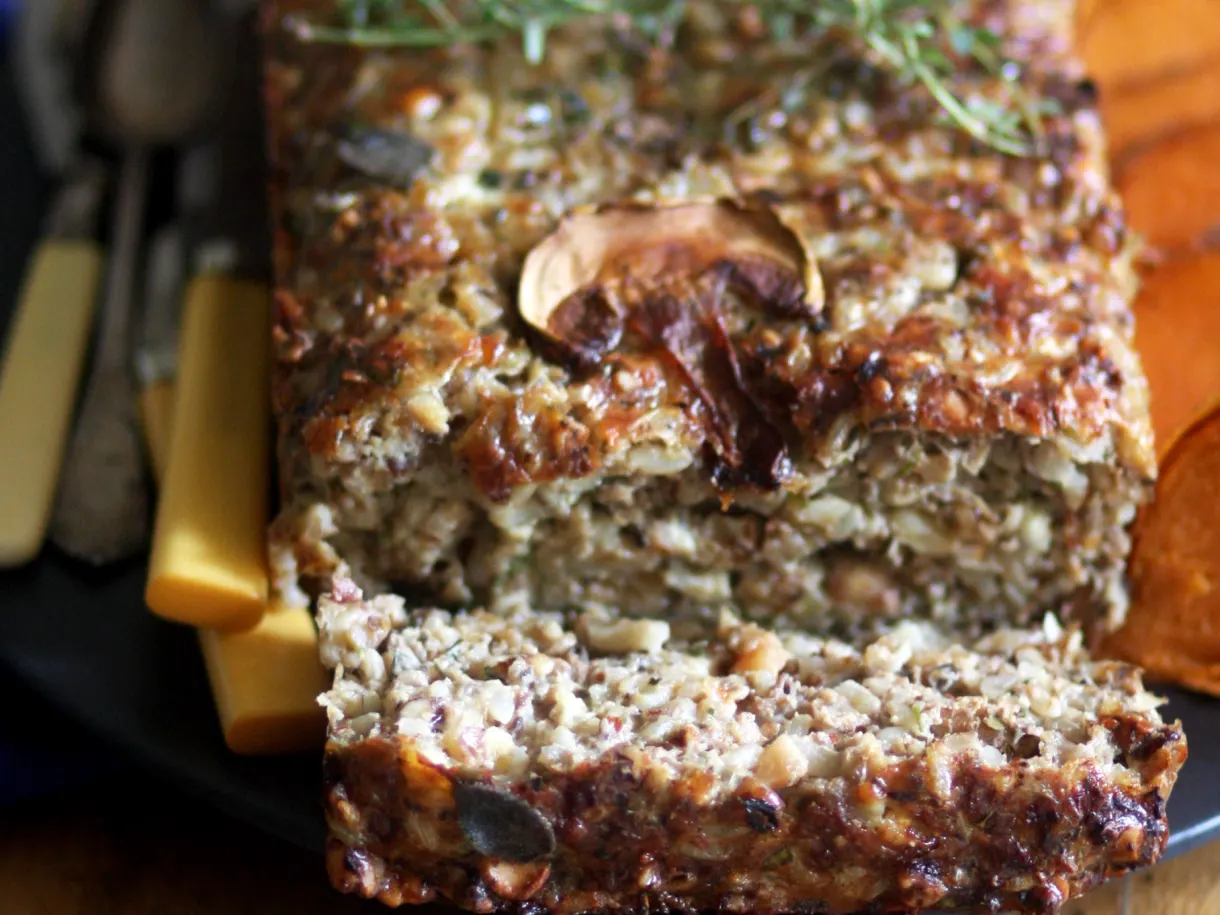
Recipes:
- Loma Linda Nut Loaf
- Ingredients: Mixed nuts, whole grain bread crumbs, onions, celery, eggs, soy sauce.
- Preparation: Mix chopped nuts with bread crumbs, sautéed onions, and celery. Bind with eggs and soy sauce, bake until firm.
- Vegetarian Chili
- Ingredients: Beans, tomatoes, bell peppers, onions, garlic, chili powder.
- Preparation: Cook beans with sautéed bell peppers, onions, and garlic. Add tomatoes and chili powder, simmer until flavors meld.
Blue Zones-Inspired Recipes
Okinawan Sweet Potato Stir-Fry
Ingredients:
- 2 sweet potatoes, diced
- 1 block of tofu, cubed
- 1 bitter melon, sliced (optional)
- 2 cloves of garlic, minced
- 1 tablespoon olive oil
- 1 teaspoon turmeric
- 2 tablespoons soy sauce
Preparation:
- Heat olive oil in a pan and sauté garlic until fragrant.
- Add sweet potatoes and cook until tender.
- Add tofu, bitter melon, and turmeric. Stir-fry until all ingredients are well-cooked.
- Add soy sauce to taste and serve.
Greek Salad
Ingredients:
- 4 tomatoes, chopped
- 2 cucumbers, chopped
- 1 red onion, sliced
- 1/2 cup feta cheese, crumbled
- 1/2 cup olives
- 2 tablespoons olive oil
- 1 teaspoon oregano
Preparation:
- Combine tomatoes, cucumbers, and onion in a large bowl.
- Add feta cheese and olives.
- Drizzle with olive oil and sprinkle with oregano. Toss to combine.
Health Benefits of Blue Zones Diet
The Blue Zones diet offers numerous health benefits, contributing to the longevity and well-being of its followers:
- Longevity: Residents of Blue Zones have a higher-than-average lifespan.
- Cardiovascular Health: Diets rich in fruits, vegetables, and healthy fats support heart health.
- Reduced Cancer Risk: High consumption of antioxidants and anti-inflammatory foods lowers cancer risk.
- Mental Health: Nutrient-rich diets enhance cognitive function and reduce depression.
- Healthy Weight Management: Balanced, low-calorie diets aid in maintaining a healthy weight.
Practical Tips for Adopting Blue Zones Eating Habits
To incorporate Blue Zones eating habits into your life:
- Increase Plant-Based Meals: Focus on fruits, vegetables, grains, and legumes.
- Reduce Meat and Dairy: Limit these to occasional treats.
- Choose Whole Foods: Opt for minimally processed options.
- Practice Mindful Eating: Pay attention to hunger cues and eat until 80% full.
- Social Meals: Share meals with family and friends to enhance social bonds.
Challenges and Considerations
Adopting the Blue Zones diet may present some challenges:
- Accessibility and Affordability: Some ingredients may be hard to find or expensive.
- Cultural Differences: Adapting traditional foods to fit the Blue Zones model.
- Nutritional Balance: Ensure adequate intake of essential nutrients.
- Lifestyle Balance: Incorporating these habits into a busy modern life.
Conclusion
The Blue Zones diet, with its emphasis on plant-based, whole foods and mindful eating practices, offers a roadmap to a longer, healthier life. By making small, sustainable changes, we can incorporate these time-tested principles into our own diets, improving our health and well-being. Remember, the journey to better health starts with the food we eat and the habits we cultivate.
